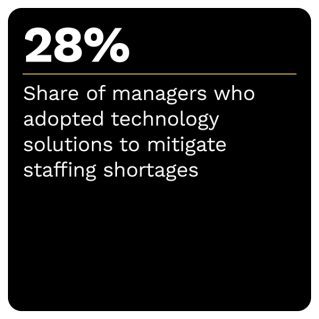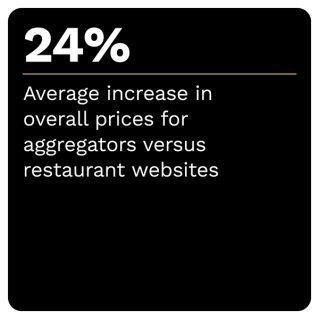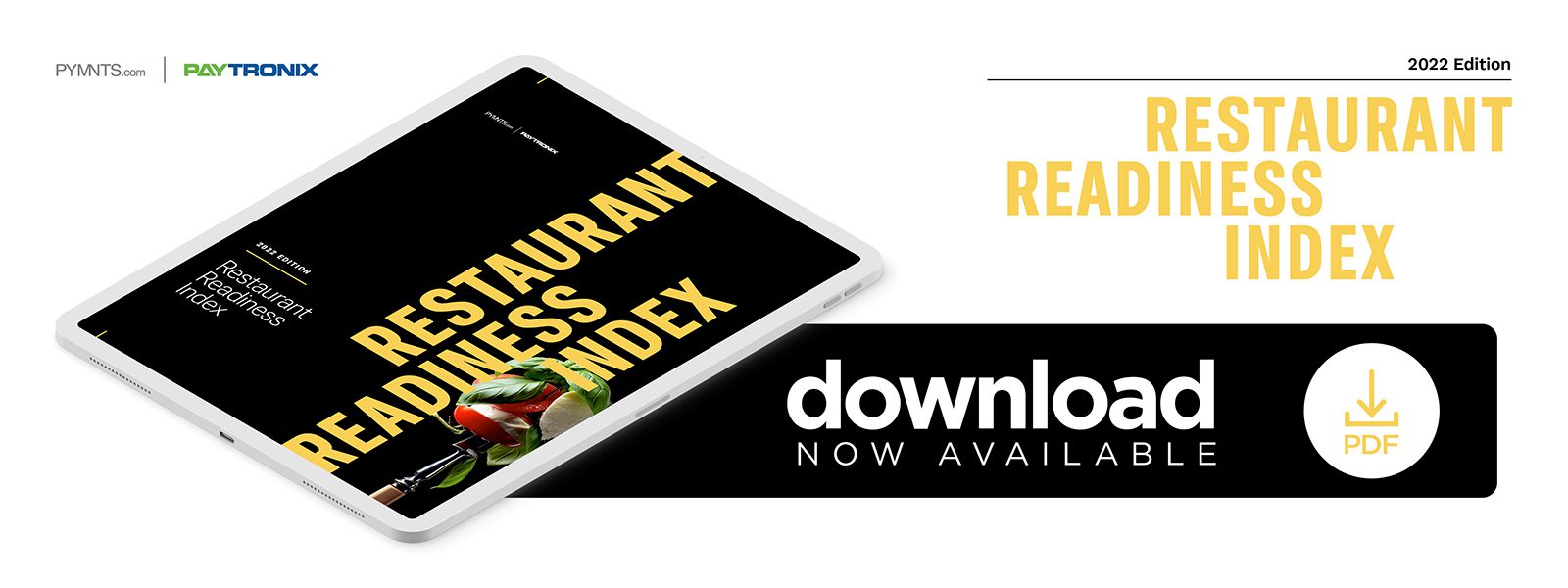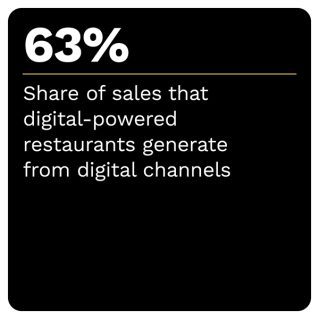More Than Half of Restaurants Depend on Digital Sales, Despite Uptick in On-Premises Orders

Table-service restaurants and quick-service restaurants (QSRs) rushed to implement digital solutions to engage and serve their customers throughout the pandemic’s unprecedented challenges. More than 50% of restaurants are now at least moderately dependent on digital channels to generate revenue, data shows.
Despite restaurants’ dependence on digital channels, their digital readiness exhibited a slight downtrend in Q2 2022, decreasing 12% from Q3 2021. Restaurants are also facing an exceptionally difficult labor market, impacting their ability to hire and retain the staff needed for their businesses to survive as demand for in-person dining surges. However, only a minority of restaurants are investing in digital solutions to enhance on-site ordering experiences and improve efficiency.
These are only some of the findings that PYMNTS discovered in the “Restaurant Readiness Index.” We surveyed 519 restaurant managers in the United States to determine how restaurants are wielding technology to address changes in consumer behavior sparked by the pandemic.
• Restaurants offer limited payment options to consumers.
Restaurants provided consumers access to one fewer payment method on average in Q2 2022 than they had in Q3 2021. Additionally, the share of restaurants offering splitting capabilities among their payment channels decreased by 36%.
• Using some digital channels to order from restaurants cost consumers more in Q2 2022 than in Q3 2021.
Mobile apps that were saving cash for consumers last fall are now exposing them to higher expenses. Consumers using mobile apps to place orders in Q2 2022 encountered on average 2.7% higher prices than ordering directly through restaurants’ websites. This contrasts with the 0.8% on average customers saved in Q3 2021 when placing their orders by app versus directly on websites.
• One in five restaurant managers are interested in metaverse investment.
 Restaurants are indicating an increasing awareness of the opportunities the metaverse offers to engage with a younger generation of customers. Twenty-eight percent of managers said they are very or extremely familiar with the metaverse, and many of them plan to use it for advertising and as a sales channel.
Restaurants are indicating an increasing awareness of the opportunities the metaverse offers to engage with a younger generation of customers. Twenty-eight percent of managers said they are very or extremely familiar with the metaverse, and many of them plan to use it for advertising and as a sales channel.
These findings represent only a brief overview of the data-supported insights on how restaurants are reacting to the rapidly changing landscape of technology and consumer behavior more than two years into the new normal. The “Restaurant Readiness Index” details the evolving state of restaurant digital readiness, restaurants’ solutions for navigating a challenging labor market and manager sentiment toward the metaverse as a business opportunity.
To learn more about how restaurants are responding to changes in technology and consumer behavior, download the report.

